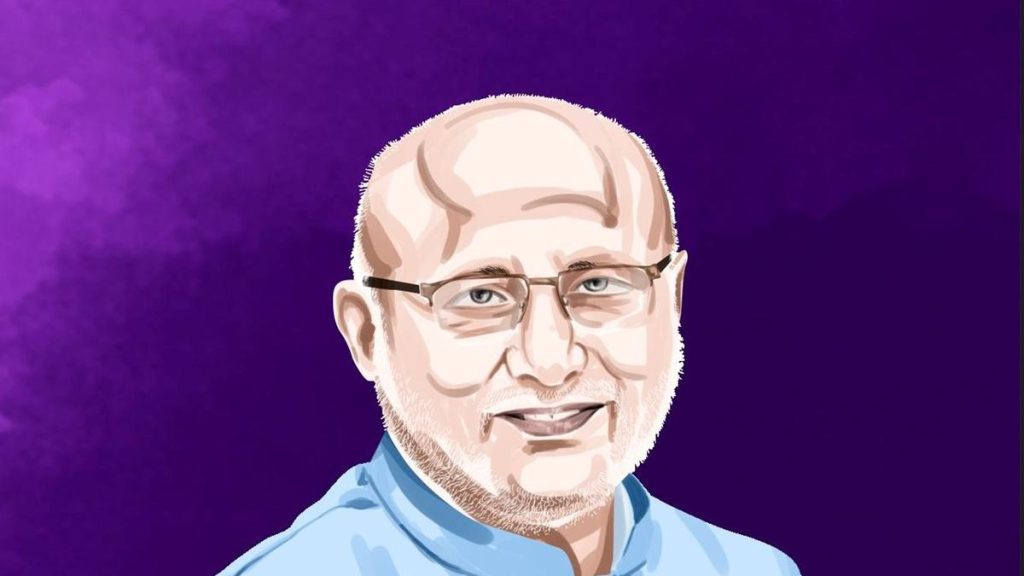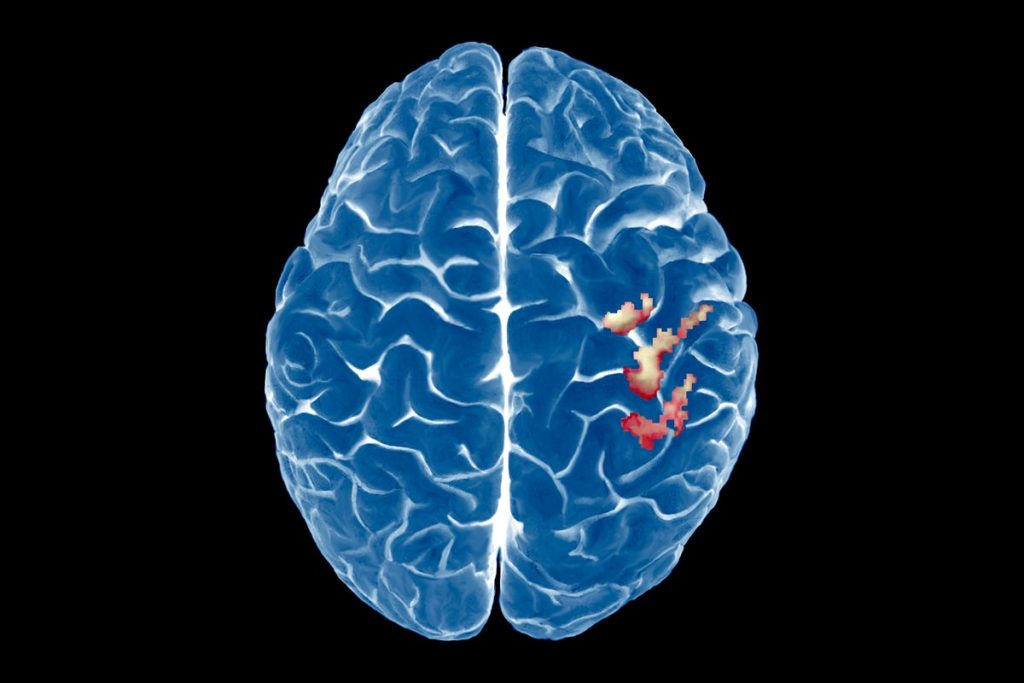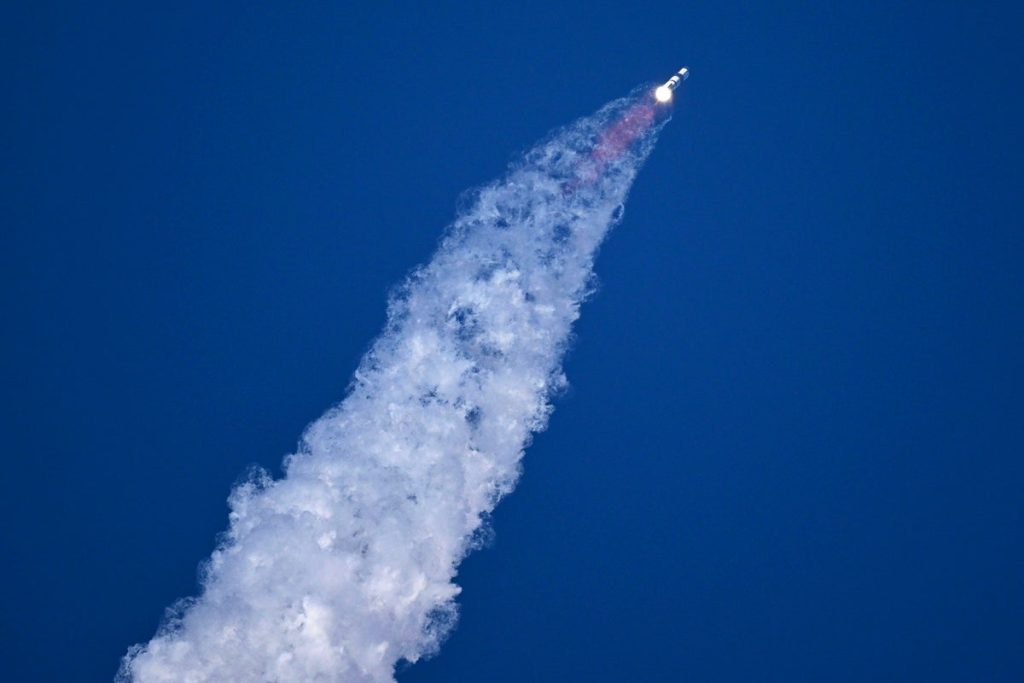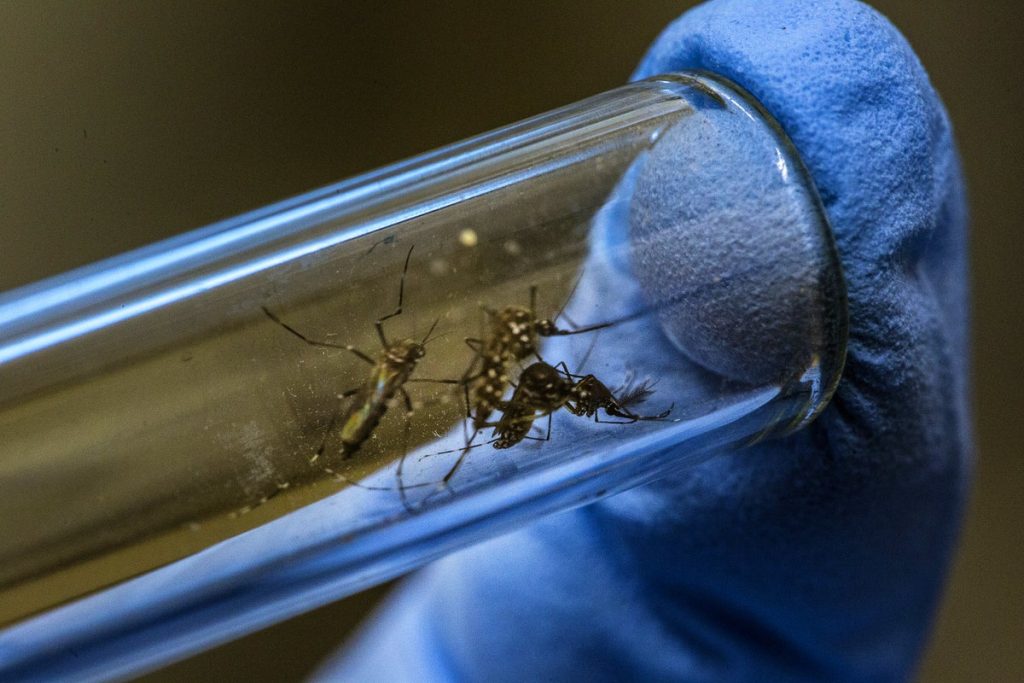Now Reading: 20 Stampedes in BJP-Run States: CM Siddaramaiah Raises Concern in Assembly
-
01
20 Stampedes in BJP-Run States: CM Siddaramaiah Raises Concern in Assembly
20 Stampedes in BJP-Run States: CM Siddaramaiah Raises Concern in Assembly
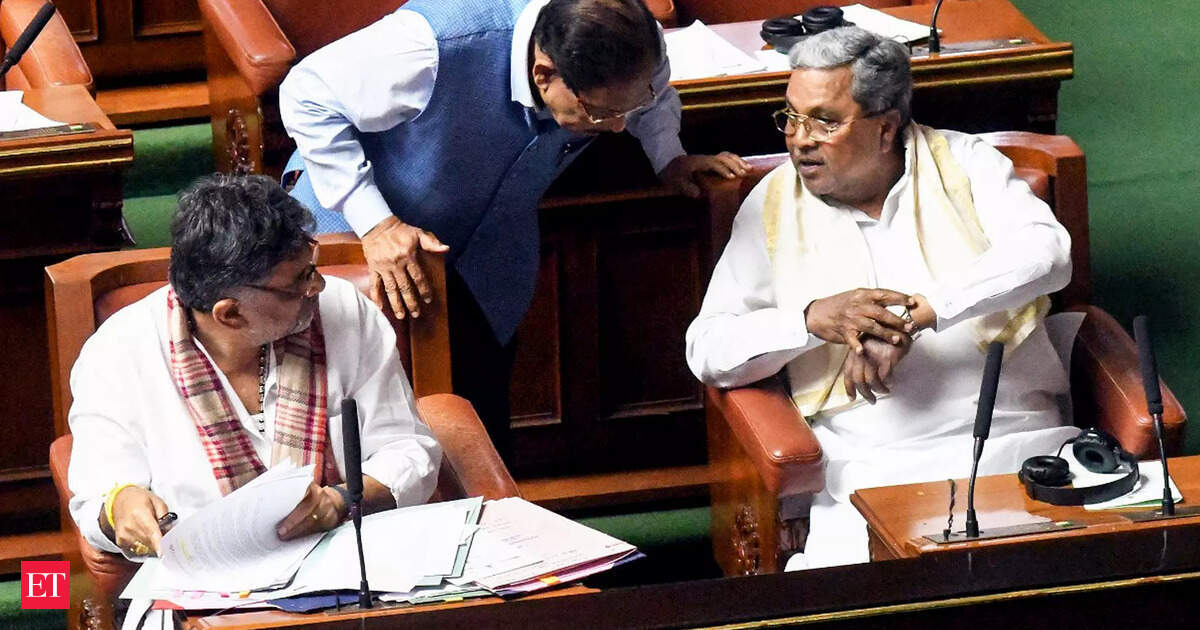
Quick Summary
- karnataka Chief Minister Siddaramaiah addressed the state assembly regarding the June 4 stampede at Bengaluru’s Chinnaswamy Stadium, which resulted in 11 fatalities.
- He attributed the incident to “mass hysteria” caused by public sentiment over Royal Challengers Bangalore’s (RCB) IPL victory.
- Siddaramaiah highlighted various stampedes in BJP-ruled states over recent years, including:
– Naina Devi temple tragedy (2008) in Himachal Pradesh.
– Jodhpur stampede (2008), killing 250 people.
– Ratangarh stampede (2013).
– haridwar stampede during Kumbh Mela (2021).
– Several othre incidents, including Hathras and Sehore tragedies between 2023-2024.
- He pointed out the Prayagraj Kumbh Mela tragedy earlier this year, where a stampede claimed the lives of 39 people.
- Referencing political accountability, Siddaramaiah questioned whether Uttar Pradesh CM Yogi Adityanath resigned after similar fatalities during his tenure.
Indian Opinion Analysis
The Chief Minister’s comparison of incidents across states raises critical concerns about crowd safety management and systemic accountability in India. While Siddaramaiah blamed mass hysteria for Bengaluru’s tragedy, broader patterns of recurring fatal crowd events across regions suggest deeper issues with event organization procedures and public infrastructural readiness for managing large gatherings.
The rationale behind linking political leadership accountability to such disasters invites debate on governance surrounding safety protocols. Irrespective of partisan associations or specific blame-shifting narratives outlined by various state leaders, it underscores an urgent national priority for better planning mechanisms to prevent future tragedies-especially during culturally significant events like festivals or sports celebrations involving large crowds. India must explore consistent nationwide frameworks focused on crowd management policies while emphasizing clarity on post-tragedy investigations.


